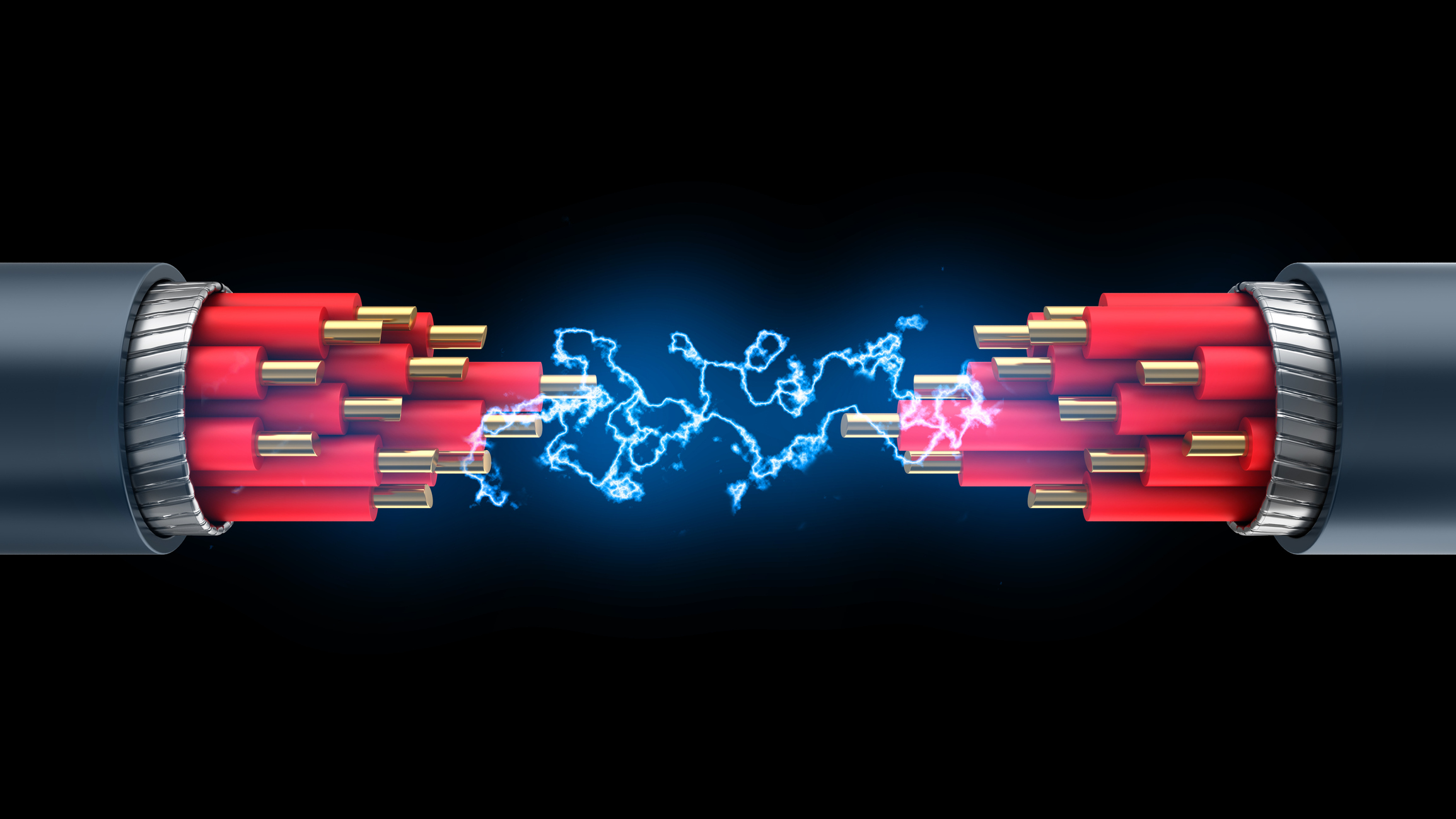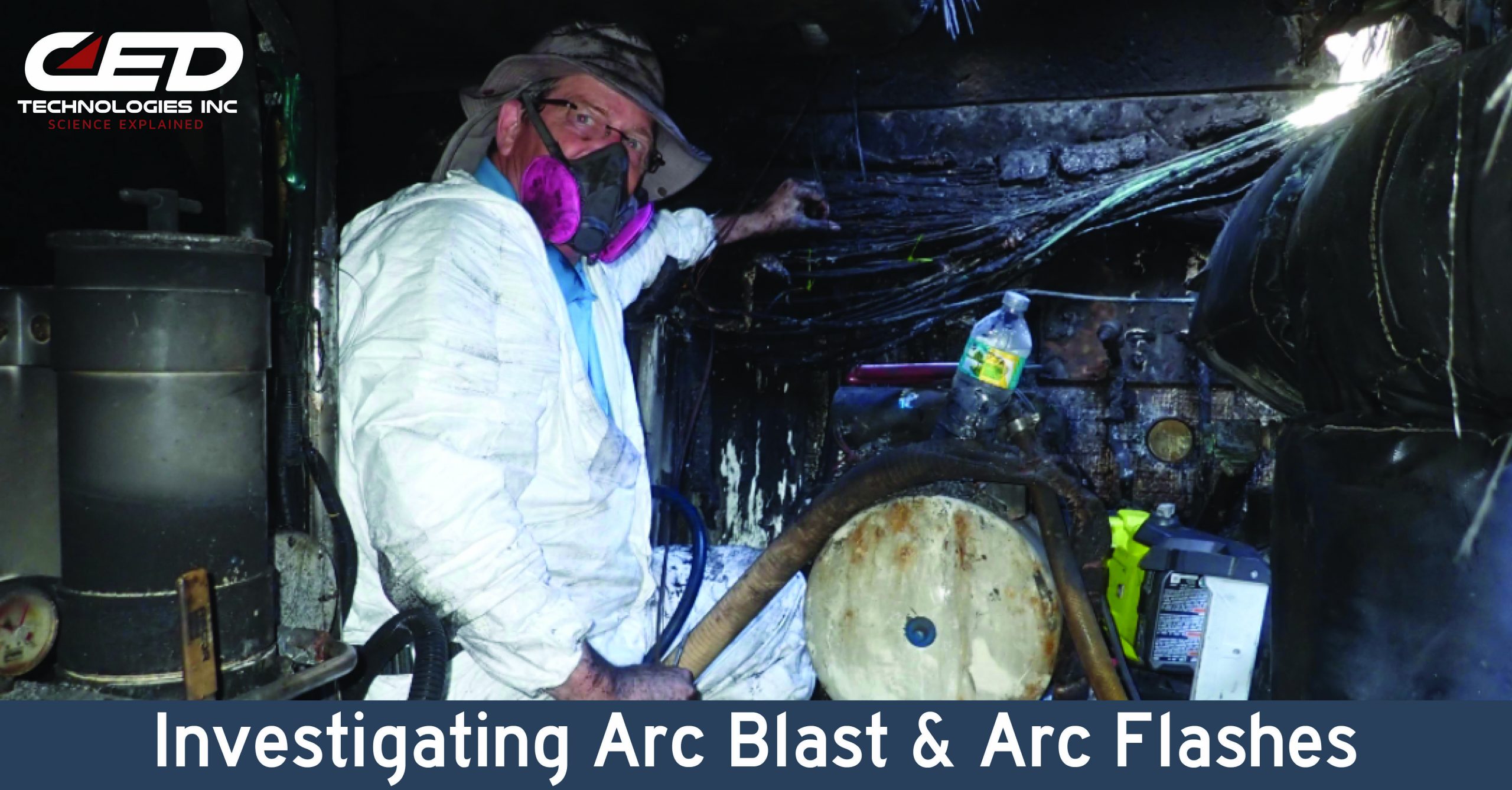There are always stories popping up about old electrical wiring being the culprit in starting a building fire. But rarely is a story told how electrical wiring plays a more heroic role in determining where the fire started. This is that story. Electricity can provide material for a very broad, deep and complex story. This is not one of those stories. This is a simplified story about a simple house and a simple fire. But first, consider this: If you looked at a house or commercial building with a pair of x-ray glasses, you would see a woven jungle of electrical wiring running behind the walls, over the ceiling and perhaps under the floors. Some of these wires are energized, with electricity waiting at a switch, like horses at a starting gate. Flip the switch and the electricity continues on to another part of the house. Some wires are not energized; they are just lying there dormant, waiting for their chance to serve as a path for electricity that hasn't come yet.
All of these wires are usually made of some kind of metal (like copper) that serves well as a conductor of electricity. When an energized copper wire touches another conductive material, the electricity can travel into that other material. This is of course can be very useful if the new path is designed to carry the electricity toward serving a distinct function, like powering a floor lamp. To keep the electricity from choosing its own path on its way to useful places, the wires are covered with a non-conductive insulation. Insulation around the wires keeps the electricity traveling through them from being tempted to exit the wire to another place. This is important. It comes up later.
Now back to the raging fire. Thought it was a small fire? Well that’s the danger of fire; small at first, then quickly raging. At any point in this progression from small to raging, the fire can be extinguished by removing one or more of three things: the heat (pour water on it), fuel source (let it burn itself out) or oxygen (throw a blanket over it). If a blanket was thrown over it, the fire quickly consumes what oxygen it has under the blanket and then chokes out. If this method is used to extinguish the fire, then the origin of the fire is quite easy to determine. It’s under the blanket.
Now for bigger fires where most of the building has been consumed, it is more challenging to determine where the fire started. It is here that our unsung hero, electrical wiring, comes into the story. The heat from a fire can and will burn through the insulation surrounding the electrical wire. If this happens, the electricity now has an opportunity to exit the wire at that point and arc or jump to another suitable place, such as another exposed wire or any other grounded conductor of electricity. When electricity does this, it leaves a signature mark on the smooth wire that looks like a small divot and/or bead that is the result of a high temperature melt. In other words, the hero left a clue! Why is this relevant? Well, evidence of arcing in the wiring lets the investigator know that the circuit was energized at the time of the fire. If the wire is not energized, there can be no arcing event from that wire. An arcing event will typically cause a loss of power downstream on that particular circuit. If a wire shows evidence of multiple arcing events, the one furthest downstream likely happened first. Thus it marks a spot earlier in the progression of the fire spread. A clue like this can be helpful. Many clues like this can be extremely helpful. Remember that matrix of wiring seen though the x-ray glasses? If those wires were located and drawn out on several pieces of graph paper (remember to think 3-Dimensional to account for walls/floor/ceiling) and then the arc events properly plotted on that paper, an investigator would essentially have a map showing the progression of the fire and then be able to zero in on where it originally started. It should make sense now why the technique is called, “Arc mapping.”
Arc mapping may not betray exactly where the fire started. But when this technique is used in conjunction with other techniques and data collected during the investigation, arc mapping points out a specific area to be scrutinized or otherwise helps more clearly define the area where the fire originated.
CED fire experts know their way around arc mapping as well as other tools and techniques used to crack the mystery of where a fire originated and what the ignition source was. To complement those skills, CED has within its ranks experts in the fields of metallurgy/material science, product liability and design. This is important because often the determination of the cause and origin of a fire is just the beginning of a larger investigation into a product or installation. For more information, contact your regional representative Main Contacts
Featured Engineer: Thomas L. Hannon, P.E. Mechanical Engineer
Submit a case or claim online.
Contact a CED Engineer in you region.






